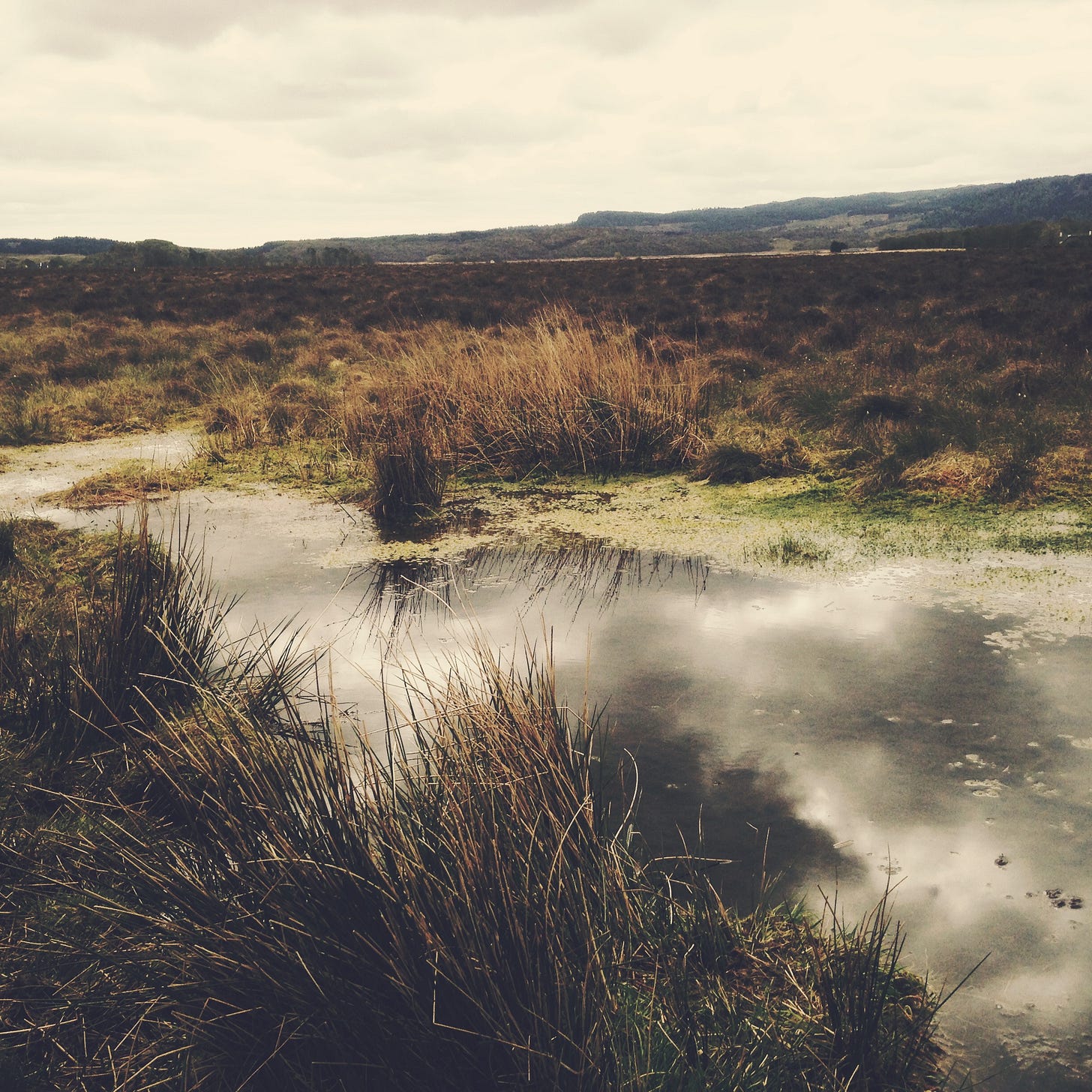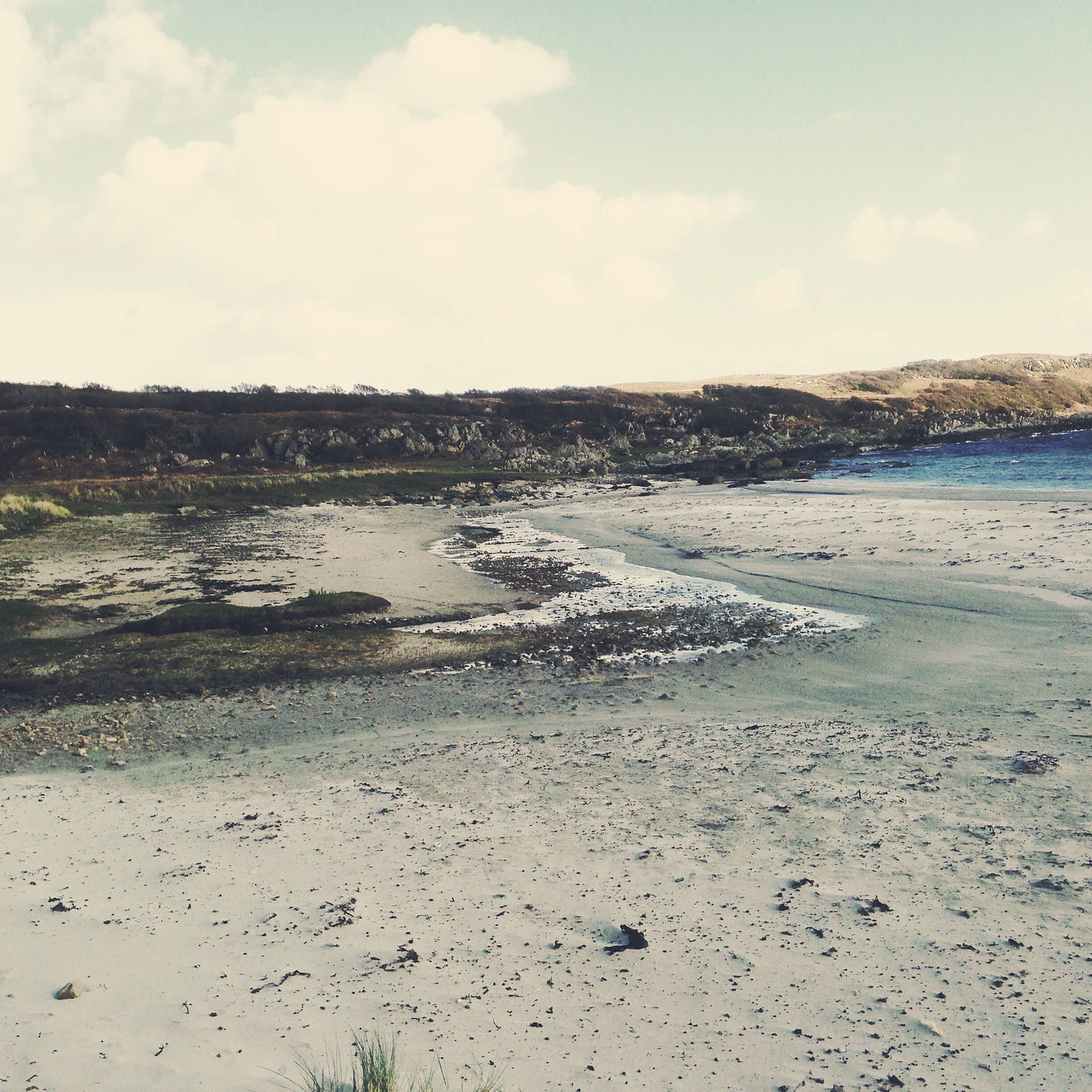A magical corner of Scotland: Crinan and Kilmartin
This lesser-known area of Argyll is delightful
Few people would dispute Scotland’s stunning beauty. So it’s a great pity that most visitors see little of it. The ugly shrine to tourism that Loch Ness has become, with purveyors of Nessie tee shirts and phials of ‘genuine loch water’ jostling for custom is about as enjoyable as a dose of influenza.
But leave the well worn tourist trail, the likes of Glencoe, Inverary and Pitlochry, and surprisingly soon you can discover glorious, unspoilt havens of tranquillity.
Crinan and the Kilmartin Glen in mid-Argyll on the west coast, for example. Climb a hill and survey the countryside around Crinan Ferry, at the end of a rocky peninsular between Loch Crinan and the estuary of the River Add, and you’ll wonder if you’ve ever before seen so pretty a picture. The flat boggy basin of land and still waters accentuate the rugged hills, which at times are bathed in glorious luminous light or a magnificent red and gold sunset. The silence is only broken by the distant calls of oystercatchers or brent geese on the estuary flats.
Nearby you can join the towpath of the nine-mile Crinan Canal, which is often called the most beautiful shortcut in Britain. Built more than 220 years ago to allow boats to go from Loch Fyne to the Atlantic without rounding Kintyre, nowadays its traffic is largely made up of pleasure yachts and cruisers, all converging upon the little, almost Camberwick Green-like Crinan harbour, with its coffee shop and the smart Crinan Hotel with its welcoming bar that overlooks the Sound of Jura.
Argyll’s ancient past is most evident just north of Crinan, around the Kilmartin valley. There are many reminders of both prehistoric and mediaeval times, a wealth of natural, historical and archaeological features unsurpassed elsewhere in mainland Britain.
Before the Eygptian pyramids were built, burial cairns (pyramids of rough stones) that stretch southwards along the Kilmartin Glen were already in place. The area is littered with ancient monuments.
You almost get blasé about them, so often cropping up in fields and at clearings in woods. It’s a wonder they still stand, and haven’t all been requisitioned for use on patios and car ports. Actually, around the turn of the century one man did help himself to a couple of large standing stones, to use for gateposts. Surely that’s grounds for bringing back hanging.
The view from the isolated hillock housing Dunadd Fort, a Dark Age fortification, is spellbinding. Dunadd was the site of the ancient capital of Dalriada from which the Celtic Kingdom of Scotland sprang. The earliest Scottish kings were crowned here.
Seven miles north of the sleepy town of Lochgilphead lies the little village of Kilmartin. Its church has an excellent collection of early Christian crosses and grave slabs, dating from the 9th century.
By the church, curiously for such a thinly-populated area, lies the impressive Kilmartin Museum. As well as the well-chosen displays there’s an evocative audio-visual show and sound posts playing the sounds of ancient Scotland: bells, pipes, horns and bird-bone flutes. Children can have a go at grinding corn or playing an ancient board game. The cafe offers wonderful meals and drinks like oak-leaf wine and heather ale, which has been brewed in Scotland for 4000 years, making it the oldest style of ale still made in the world.
Just outside the village is Carnassarie Castle, built in the 16th century and boasting finely carved stonework. Slightly further north is Arduaine Gardens, with rhododendrons, azaleas, rare trees and shrubs.
This part of Scotland is especially good for cycling, being far less hilly than the north, and with little traffic except on a few main roads.
The region is ideal for island-hopping. Islay, Mull and Arran offer the most to do, while Colonsay and Gigha are for those after utter isolation. As well as ferries, a few small boats offer two- or three-hour excursions in search of seals and birdlife, or even the dreaded Corryvrecken whirlpool, where you may find your boat rocking quite dramatically from side to side.
Unforgettable boat trips are also offered by Puffer Steamboat Holidays. They offer unforgettable day trips and three-night and Sun-Fri cruises from April to September on an original Clyde Puffer steamboat, the VIC 32, the only remaining one in the world to do so.
On one cruise I took with them it rained when we approached the wild and mountainous island of Jura. It’s home to deer, otters, seals and more than 100 species of birds. The downpour made the trip unforgettable. Thick grey mists engulfed its only settlement, tiny, almost desolate Craighouse. All that’s there is a little row of houses, an hotel, a distillery and solitary road. Visibility was down to a few feet and there was utter silence. It seemed that we were at the end of the Earth.









I sumo wrestled on top of Dunadd for my stag doo. It’s a stunning place to be, inflatable sumo suit or not.
My interest is piqued! Thank you!